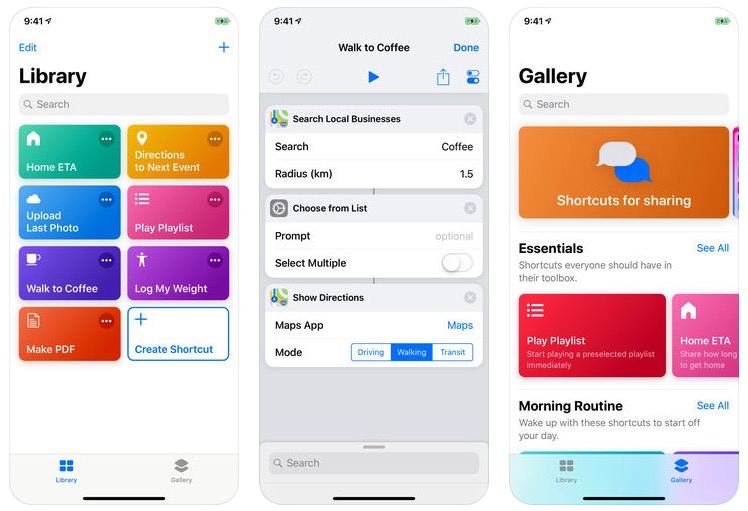

Scapple on the other hand requires no connections of notes to other notes, and can allow connections that do not produce a logical sequence, like a ring of notes linked end to end which occasionally tangentially link outside of the ring. What does dragging a note up and to the left mean, in terms of where that note should end up in Scrivener's outline? This is one of the things that sets Scapple apart from the more familiar "mindmapping" software, which does use a hierarchy arrangement that can be expressed as an outline. Scapple on the other hand has no concept at all of linear order or nesting. Scrivener is founded upon a rigid outline model, where every item in the binder must have one (and only one) parent item and those items fall in a linear order.

If I can read it, I get paranoid I’ll lose it, so I have to hook up the scanner and scan the bad boy into the computer.I’m thinking faster than my hand moves so good luck reading it! Once found, try to decipher my chicken-scratch because when I’m mind-mapping, I write FAST.You know, where I should have looked in the first place. Promptly misplace brainstorming paper and spend three hours searching for it, only to find it in a folder in my desk drawer.I’m a huge fan of paper and pencil when planning, but when I use those tools, my process looks like this: Writers have been using mind-maps to brainstorm since their invention, so why use a program like Scapple? It’s easier. Unlike Scrivener, Scapple isn’t made for writing a novel–it’s meant for brainstorming and planning, for organizing your thoughts before you write. While I could tell you a million and one things about Scrivener, Literature and Latte’s second program, Scapple, is something I’m still sinking my pen into. In other words, why should you bother with pen and paper around?

This week’s Scrivener Saturday: A Case for Scapple.


 0 kommentar(er)
0 kommentar(er)
